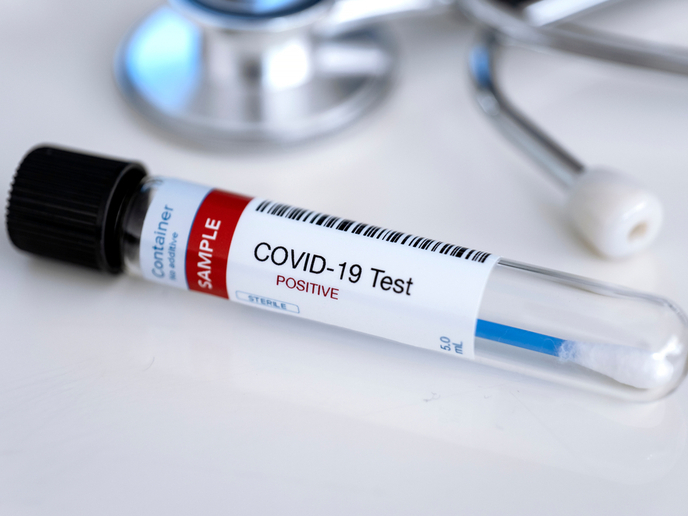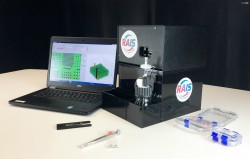Unravelling cell and molecular mechanisms behind autoimmune diseases
Autoimmune rheumatic diseases (ARDs) are caused by abnormal immune responses where the body attacks its own tissues, often leading to chronic inflammation, pain, and organ damage. Such conditions include rheumatoid arthritis, systemic lupus erythematosus, and inflammatory bowel disease. While treatments for ARDs have improved over the years, many patients continue to suffer from unpredictable disease progression and inadequate responses to therapy. A deeper understanding of the immunological mechanisms driving these diseases is essential to develop more precise and effective treatments.
Training the researchers of the future
Undertaken with the support of the Marie Skłodowska-Curie Actions(opens in new window) programme, the ARCAID(opens in new window) project aimed to investigate the cellular and molecular mechanisms underlying ARDs and identify biomarkers for improved diagnosis, prognosis, and treatment. The project brought together 16 early-stage researchers (ESRs) and a multidisciplinary team of experts. “By fostering interdisciplinary collaboration and equipping young scientists with cutting-edge tools, ARCAID wanted to generate new insights that can lead to real change for patients with ARD,” states project coordinator Ronald van Vollenhoven.
Scientific findings beyond the state-of-the-art
ARCAID ESRs focused on the role of immune cells in disease development such as B cells, which produce autoantibodies and are central to many autoimmune disorders. They developed novel techniques to study the genetic regulation of B cells and identified a specific NF-κB gene signature in B cells(opens in new window), suggesting new therapeutic targets. ARCAID provided a deeper understanding of the earliest immunological changes in individuals destined to develop rheumatoid arthritis. T cells and neutrophils came under the spotlight as key players in disease onset. ARCAID researchers also uncovered early indicators of disease at tissue level. DNA damage in the synovium and metabolic alterations in individuals with rheumatoid arthritis suggest that autoimmune diseases may begin long before symptoms arise. In lupus patients, findings included elevated levels of B cells and double-negative T cells, which may help in diagnosis and monitoring.
Improved diagnosis through biomarker discovery and disease models
The project also delivered breakthroughs in biomarker discovery and diagnostic tools. Molecular targets on B cells were identified, and specific inhibitors were shown to suppress their activation paving the way for future therapies. Meanwhile, PET imaging was used to detect molecules in inflamed joints, and 3D spheroid models of rheumatoid arthritis were created. This approach not only enhances our understanding of inflammation but also reduces the need for animal testing. Several researchers developed innovative models and tools that bridge lab discoveries with clinical application. A physiologically relevant lymph node model was created to assess antigen-specific immune responses. A risk assessment model for rheumatoid arthritis(opens in new window) proved capable of predicting disease onset with over 80 % accuracy.
Beyond research
Overall, project findings have laid the groundwork for preventive interventions in high-risk groups. A treat-to-target app has been developed to optimise lupus care and is already being refined through business development support. ARCAID’s extensive contributions go beyond immunology with tools that can be directly used in translational research, promising long-term benefits in diagnostics and personalised medicine. As van Vollenhoven summarises: “The project has not only advanced science but also trained a new generation of researchers ready to carry these insights into the clinic.”







